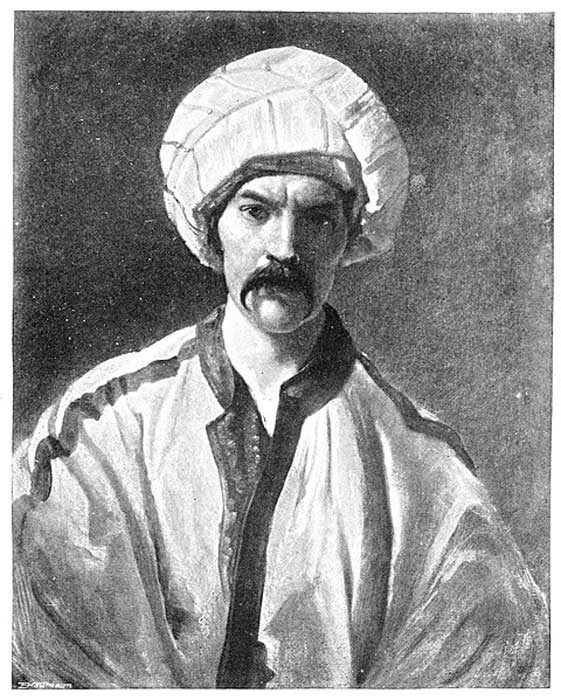
Solving the Mystery of the Burton Stone
In the affluent London suburb of Twickenham sits the Orleans House Gallery and among its vast collection of artwork and artifacts is a very mysterious piece of inscribed ‘meteorit’ once owned by the famous 19th-century explorer, Sir Richard Burton (1821 - 1890). It was thought to have been found in Mesopotamia by Sir Burton himself. But what is it and what does the object symbolize? Petros Koutoupis is an Ancient Origins author with knowledge of languages that include ancient and Biblical Greek, Biblical Hebrew, and a good fundamental understanding of Aramaic, Ugaritic, Phoenician, and Akkadian.

Orleans House Gallery in Twickenham (CC BY-SA 2.0)
Seal or Talisman?
Upon discovery and acquisition, Burton believed it to be a piece of meteorite which had been logged as such by his wife, Isabel, who sold his findings to the state following his death. It would take more than 120 years for the Natural History Museum to confirm the stone as a very terrestrial quartz type of material. That recent discovery aside, its inscription continues to elude us.
Adding to the relic’s mysteries is the discovery of two small holes located at its base. This would indicate that the item was originally worn around the neck or finger, possibly making it a talisman (with magic or luck bringing powers) or an ancient stamp seal (for clay / wax impressions). Although, the current author does not believe that the latter seems to be the case here.
Meteorite or Quartz?
When digging through the old museum records, it has been discovered that there is no mention of a meteorite among the Burton Collection. Instead, what is found is an ‘Assyrian chalcedony seal used as a pendant’. Chalcedony is a type of stone made up of both quartz and moganite. It is believed that the Assyrian item catalogued in the records refers to the same Burton stone. It is also worth noting that in the ancient world, precious stones such as this were often believed to harbor supernatural properties.

The Romance of Isabel, Lady Burton - Richard Burton in native dress (1904)(Public Domain)
But why suggest or mislead the general population by claiming it to be a meteorite? Sir Burton visited Mecca in 1853 disguised as an Arab. He personally saw the Black Stone in the Kaaba in the Grand Mosque which has often been claimed to be fashioned out of a meteorite.
Like this Preview and want to read on? You can! JOIN US THERE ( with easy, instant access ) and see what you’re missing!! All Premium articles are available in full, with immediate access.
For the price of a cup of coffee, you get this and all the other great benefits at Ancient Origins Premium. And - each time you support AO Premium, you support independent thought and writing.
The author would like to thank Mark De Novellis, the Curator of Exhibitions and Collections of the Richmond Arts Service and Orleans House Gallery for his reaching out to Ancient Origins and his assistance in providing us with additional materials for this article.
Petros Koutoupis is an author (Biblical Origins: An Adopted Legacy) and an independent historical researcher. Fluent in modern Greek, Petros has additional knowledge in languages that include ancient and Biblical Greek, Biblical Hebrew, and a good fundamental understanding of Aramaic, Ugaritic, Phoenician, and Akkadian.
Top Image: The curious Burton Stone (upside down). Courtesy of the Orleans House Gallery















